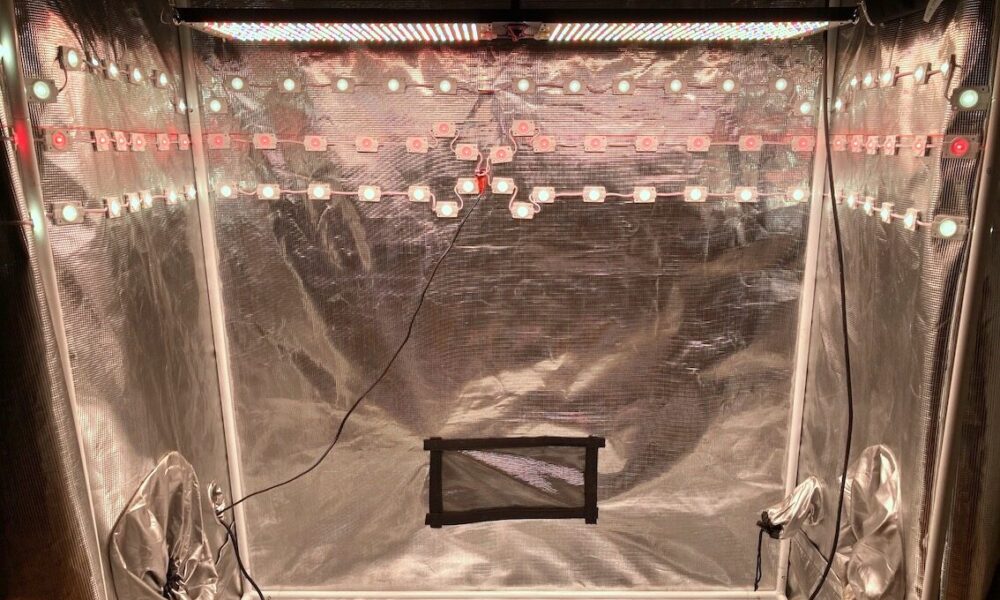The rate of energy transfer is the perception of heat. The more energy transfer over a given amount of time, the "hotter" it feels.I thought it was a really good explanation, but will add a couple of clarifications to points covered.
All forms of electromagnetic radiation, including infrared (IR) and visible light, can transfer energy and thus create a sensation of heat. However, the perception of heat depends not just on the rate of energy transfer but also on the specific wavelength’s interaction with matter. For example, IR radiation is readily absorbed by many materials, leading to a more noticeable heating effect.
Also, once a leaf reaches ambient temperature, the gradient for further heat transfer does diminish, however the type of heat source can still impact processes like transpiration and cellular stress.
Energy will always flow from a higher source to a lower source (transfer gradient). When the high energy source contains a lot of energy compared to the low energy source, then the gradient is steeper and the rate of transfer is potentially faster.
The rate of transfer can be impeded by the transfer mechanism itself. Convective transfer is (generally) slower than conductive. Radiative transfer depends on a lot of variables. Radiation can travel from the sun to earth almost unimpeded because it travels through a vacuum, but once it reaches earth's atmosphere, water, air and other molecules start to scatter (Raleigh Scatter explains why the sky is blue) or absorb that radiation.
So UVC radiation is emitted by the sun in large amounts, but does not reach earth because all of it is absorbed by our atmosphere. That is energy that is not transferred to the earth's surface (you and I) and that is lucky, because UVC carries so much energy it would kill us!
When considering radiative energy transfer, some photons carry higher energy than others but may be absorbed at a lower rate, which means the transfer of that energy is slower, and thus feels "cooler".
Visible light carries more energy than infrared. But visible light will pass through water molecules while IR interacts with it, which means IR will "heat" water faster than visible light even though it is less powerful (longer wavelength; Plancks Law) and even if there are fewer photons of IR available.
Remember than once a leaf is heated by IR, the energy that is transferred from the light source via radiation will then transfer within the plant via conduction – mostly via water molecules.
So radiative and convective energy (heat) both end up as conductive energy within the plant cells.
What I want to know is, why would that initial energy source (IR transfer vs ambient temperature/convective transfer) trigger a different photosynthetic or photomorphogenic response in plants if it all ends up as the same type of conductive "heat" inside the plant?
Kinetic energy is kinetic energy, after all.








